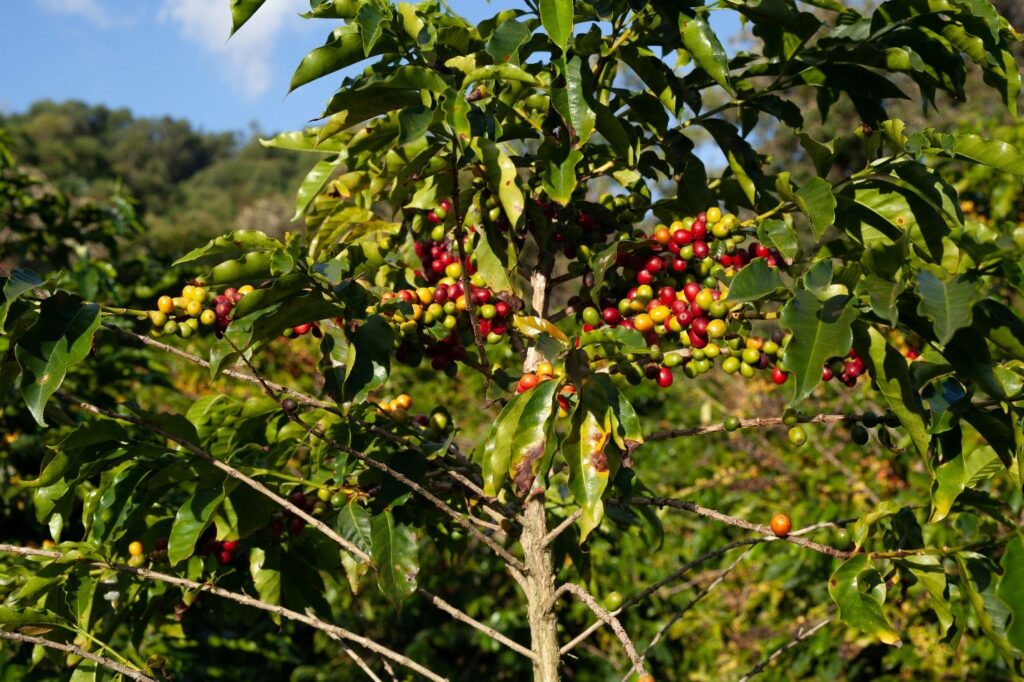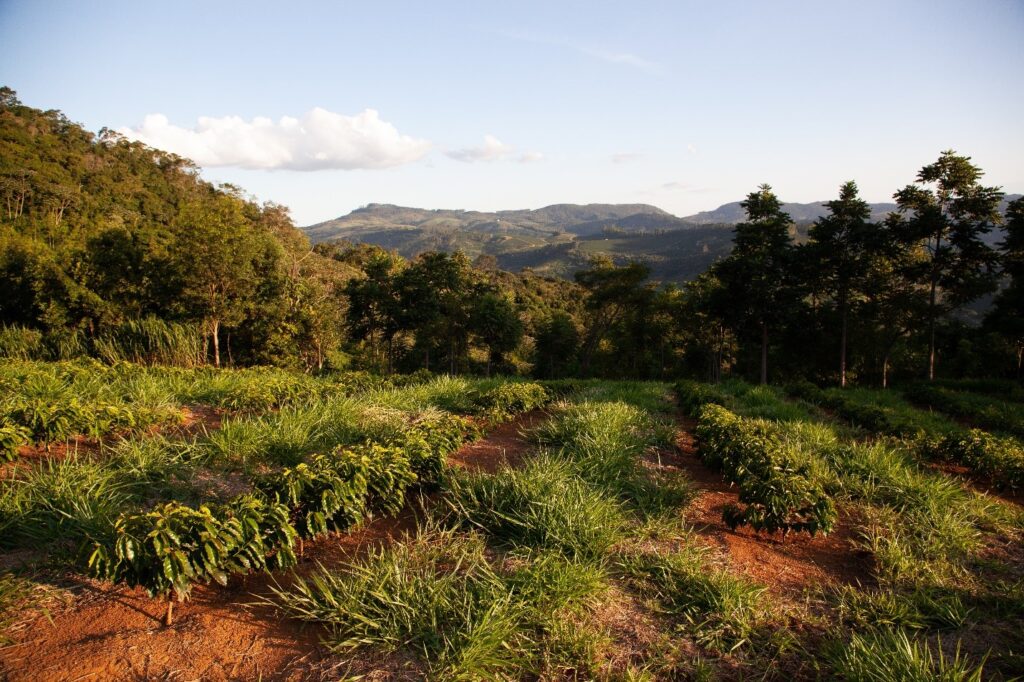Amidst the global struggle against environmental crises, agroforestry shines as a beacon of promise. This innovative agricultural technique transcends mere cultivation; it’s a comprehensive strategy weaving trees into farming, forging a seamless union between agriculture and forestry.
Fundamentally, agroforestry is the combination of growing crops and raising trees on the same land. Unlike conventional farming practises, which deplete soil fertility through monoculture and excessive chemical use, agroforestry promotes biodiversity and fosters ecological balance.
Agroforestry relies heavily on diversity to maintain a healthy ecosystem through the coexistence of different tree species and crops or livestock. Numerous advantages result from this practise, including improved soil fertility, water retention, and the provision of essential shade and shelter for both crops and animals. Crops help trees flourish by providing nutrients and supporting tree maintenance in a mutually beneficial relationship.

Agroforestry’s flexibility is what makes it intriguing. Its many systems meet certain agricultural needs and environments. These systems maximise land utilisation, boost productivity, and reduce environmental effect. Examples of these systems include the alignment of trees with annual crops in alley cropping and the fusion of trees with grazing pastures in silvopasture.
Moreover, agroforestry has significant environmental benefits. In the fight against climate change, trees are essential for sequestering carbon. As carbon sinks, they take in CO2 from the atmosphere and store it in the soil and biomass of their plants. This reduces the greenhouse effect and provides habitats for a variety of plants and animals, aiding in the preservation of biodiversity as a whole.
Moreover, the economic viability of agroforestry is another compelling facet. Beyond the environmental benefits, the integration of trees diversifies farmers’ income sources. Trees produce valuable products such as fruits, nuts, timber, and medicinal plants, supplementing the revenue generated from conventional crops. This diversification reduces the vulnerability of farmers to market fluctuations and enhances their resilience against economic uncertainties.

However, barriers to widespread implementation of agroforestry remain. Using this technique of farming instead of traditional farming requires education, money, and a shift in mind-set. To overcome these obstacles and encourage wider use of agroforestry, it is essential to have access to resources, technical expertise, and regulations that support it.
As a holistic solution to the numerous problems encountered in contemporary farming, agroforestry emerges as a lighthouse illuminating sustainable agriculture. This practise improves the lives of farming communities, supports biodiversity, fights climate change, and boosts soil fertility by incorporating trees into agricultural settings.
The success of agroforestry isn’t merely a choice between trees or crops; it’s about cultivating a harmonious relationship between nature and agriculture, ensuring a prosperous and sustainable future for generations to come.
Sources




